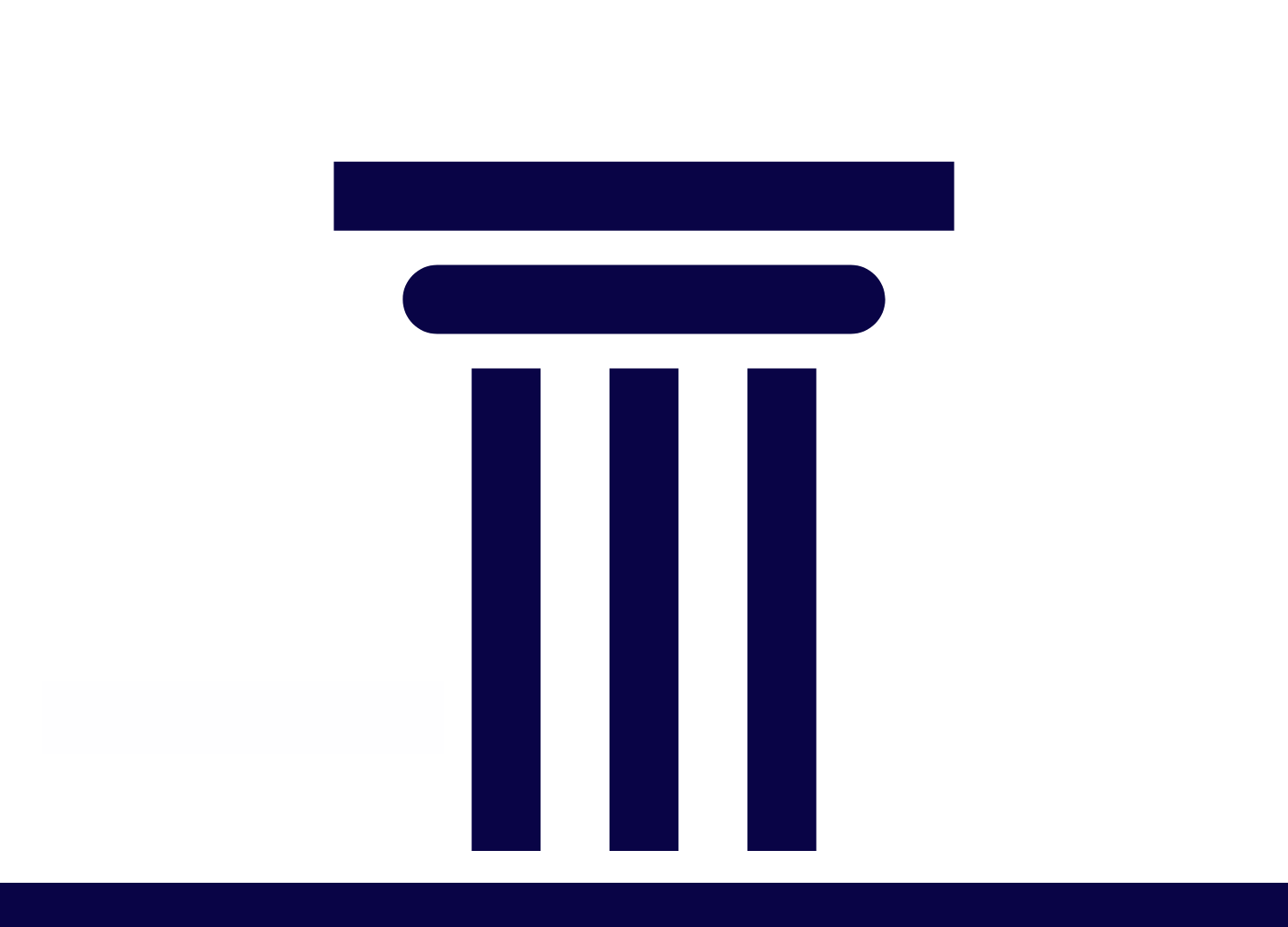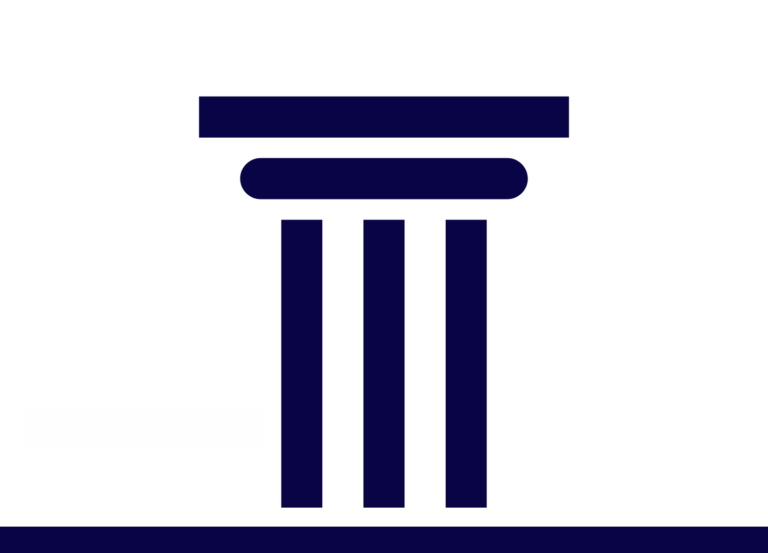Be the Thermostat, Not the Thermometer
Effective leaders don’t react to culture; they create it. They don’t gauge the mood of the room and adjust themselves accordingly. Instead, they set the tone and maintain it. That’s what it means to develop and uphold standards.
A thermometer reflects. A thermostat regulates. Leadership demands the latter.
Standards are not trends or suggestions. They are the unshakable pillars that define performance, behavior, and quality. Without them, leadership falters. Teams drift. Culture weakens. And values get diluted by convenience or fear of conflict.
Don’t accept leaders who pursue consensus at the expense of clarity. If you’re going to lead, you need to set what’s acceptable and stand up for what’s essential.
That begins with intentional design; clearly defining your standards so there’s no confusion. Everyone on your team needs to know where the boundaries are and what the consequences are when they’re crossed. Standards only work if they’re enforced. And enforcing them requires the courage to have tough conversations and, when needed, make difficult decisions.
It’s not enough to display values on the wall. They must be reflected in meetings, evaluations, and daily actions. Otherwise, they’re merely decorations.
An effective leader makes standards auditable, trainable, and enforceable:
- Auditable standards are visible. They’re documented, observable, and consistently reinforced.
- Trainable standards are teachable. Effective leaders know how to set clear expectations, provide constructive feedback, and coach performance effectively.
- Enforceable standards carry weight. Failure to meet or uphold them results in real consequences—not shoulder shrugs or endless second chances.
If you keep lowering your standards to accept underperformance, they’re not standards; they’re just suggestions. And if you let people violate them repeatedly without response, you’re supporting that behavior.
Protecting standards isn’t about being rigid. It’s about being reliable. It creates safety, clarity, and trust. Your team can’t rise to a standard that keeps moving or gets ignored.
Effective leadership isn’t just observing what happens; it’s guiding what should happen.
Set the tone. Maintain standards. Shape the culture.
Be the thermostat.
Leadership Standard Check: Do you adapt your standards to suit the situation—or expect the situation to meet your standards?
Leaders don’t negotiate clarity. They reinforce it.



